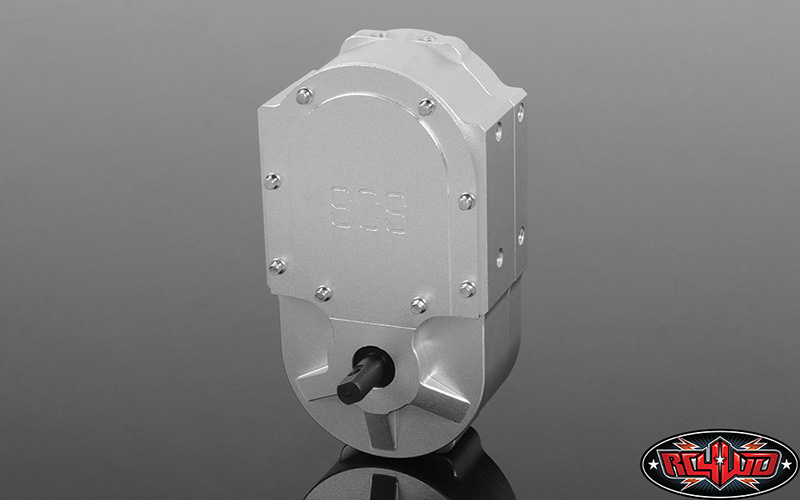
The organization still plays a major role in the sport's development in the US and EU. The MTRA created standard safety rules to govern monster trucks. In 1988, to standardize rules for truck construction and safety, Bob Chandler, Braden, and George Carpenter formed the Monster Truck Racing Association (MTRA).
#MONSTER TRANSMISSION DRIVER#
In 1988, TNT Motorsports created a series to establish the first national championship of monster truck racing USA-1 and rookie driver Rod Litzau edged out Bigfoot, driven by Rich Hoosier, for the title. By 1985 major promoters, such as the USHRA and TNT Motorsports, were racing monster trucks on a regular basis. In August 1983, Bigfoot and USA-1 competed in the first side-by-side monster truck race, which was filmed for the television show That's Incredible. These early trucks were built on stock chassis which were heavily reinforced, used leaf spring suspension, a stock body, and heavy axles from military-specification vehicles to support the tires.įor most of the early 1980s, monster trucks performed primarily exhibitions as a side show to truck pulling or mud bogging events. King Kong and Bear Foot each followed Bigfoot to 66-inch-diameter (1.7 m) tires, and soon other monster trucks, such as King Krunch, Maddog, and Virginia Giant were being constructed. The term "monster truck" became the generic name for all trucks with oversized tires. At a prior event in the early 1980s, when Bigfoot was still running 48-inch tires, Bob George, one of the owners of a motorsport promotion company named Truck-a-rama – later known as the United States Hot Rod Association (USHRA) – is said to have coined the phrase "monster truck" when referring to Bigfoot. At this show, Chandler also debuted a new version of Bigfoot with 66-inch tires. After some smaller shows, Chandler performed the feat in the Pontiac Silverdome in 1982. Initially hesitant because of the "destructive" image that could be associated with Bigfoot, Chandler eventually agreed.

An event promoter saw the video of the car crush and asked Chandler to do it in front of a crowd. Chandler drove Bigfoot over a pair of cars in a field as a test of the truck's ability, and filmed it to use as a promotional tool in his four-wheel drive performance shop. In April 1981, Bob Chandler drove over junked cars in Bigfoot in what is often believed to be the first monster truck to crush cars.

At the time, the largest tires the trucks were running were 48 inches (1.2 m) in diameter. The trucks which garnered the most national attention were Bob Chandler's Bigfoot, Everett Jasmer's USA-1, Fred Shafer and Jack Willman Sr.'s Bear Foot, and Jeff Dane's King Kong. Several truck owners had created lifted trucks to compete in such events, and soon competition to hold the title of "biggest truck" developed. In the late 1970s, heavily modified pickup trucks were becoming popular and the sports of mud bogging and truck pulling were gaining in popularity. Air Force-themed Afterburner performing at the Monster Jam World Finals in Las Vegas in March 2008 Freestyle events are typically the final competition of a show, as damage to the trucks would make them unable to race. Freestyle performances have a set time limit and only one truck is allowed on the track at a time as a safety measure. Most freestyle courses now consist mostly of large mounds and ramps erected to allow the trucks to perform large jumps and wheelies upon landing.
#MONSTER TRANSMISSION DRIVERS#
Historically, additional vehicles for the drivers to crush, such as motor homes and school buses, were placed on the track specifically for the freestyle event, however incidents of debris flying into the stands and causing serious injuries have influenced most event promoters to turn away from such obstacles. A panel of judges assign points to each performance and the driver with the most points is declared the winner. In freestyle events, each driver puts on a performance consisting of stunts such as obstacle jumps, backflips, wheelies, and doughnuts. The length and complexity of the track can vary with the size of the venue, with courses in indoor arenas typically being shorter with fewer obstacles.

Races are conducted as a single-elimination tournament on short, symmetrical tracks, which may include obstacles such as junk cars or dirt mounds. Monster truck shows typically have two main events, a race and a freestyle stunt driving competition.

The jumps around the perimeter are for ATV races The cars have ramps on one side for racing and are left bare on the other side for freestyle. A typical track for arena monster truck shows.


 0 kommentar(er)
0 kommentar(er)
